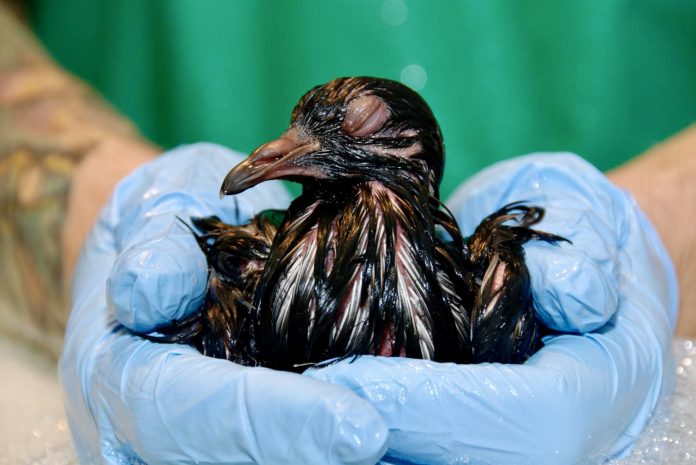
New Report Finds That Over 66 Million Gallons Of Fracking (Oil & Gas) Has Been Dumped Into The Gulf Of Mexico Since 2010
You can help all animals and our planet by choosing compassion on your plate and in your glass. #GoVeg
RELATED ARTICLES
Banning Cruelty: New Legislation Aims To Ban Octopus Farming In The U.S.
New bipartisan legislation has just been introduced in the U.S. to ban commercial octopus farming and prohibit imports of farmed octopus from foreign countries.
The...
Outrage In Yellowstone! Grizzly Bear Killed By Wildlife Officials & Left With Head & Paws Cut Off
Photo by: Trisha McFarland / Cowboy State Daily
A photo of a dead grizzly bear with its head and paws cut off has caused an...
Inside Florida’s Illegal Horse Meat Trade: Undercover Footage Shows Racehorse Being Shot & Butchered
A heart-wrenching discovery of illegal horse slaughter has emerged, with video footage exposing the tragic killing of a racehorse named 'Funny Biz,' who was...
Popular stories
News
106 Neglected Dogs & Puppies Have Been Rescued From Puppy Mill Breeding Operations In Missouri
As the result of multiple rescue operations, the Humane Society of Missouri (HSMO) has received 106 dogs and puppies with more expected. The rescue...
News
The U.S. Department Of Defense Just Released All Of Kabul Small Animal Rescue’s Dogs On The Streets Of Afghanistan
Update! 51 contract working dogs have reportedly been left in Kabul. We will keep everyone updated when we find out more information on who is responsible...
News
Historic “Recovering America’s Wildlife Act” Passes The U.S. House & Would Secure Billions For Imperiled Species
The U.S. House of Representatives passed the Recovering America’s Wildlife Act, H.R. 2773, by a 231 to 190 vote yesterday. If approved by the...


